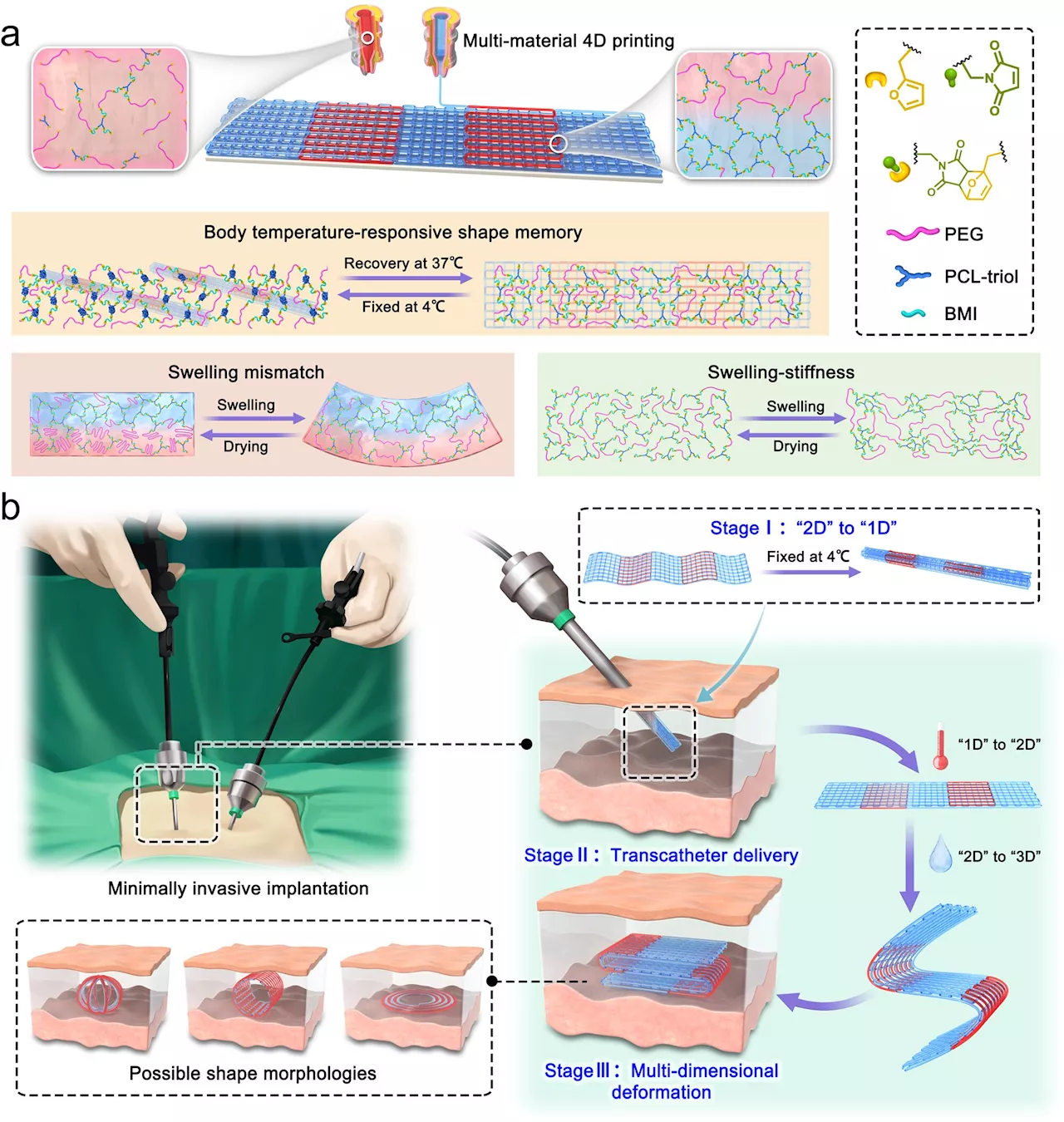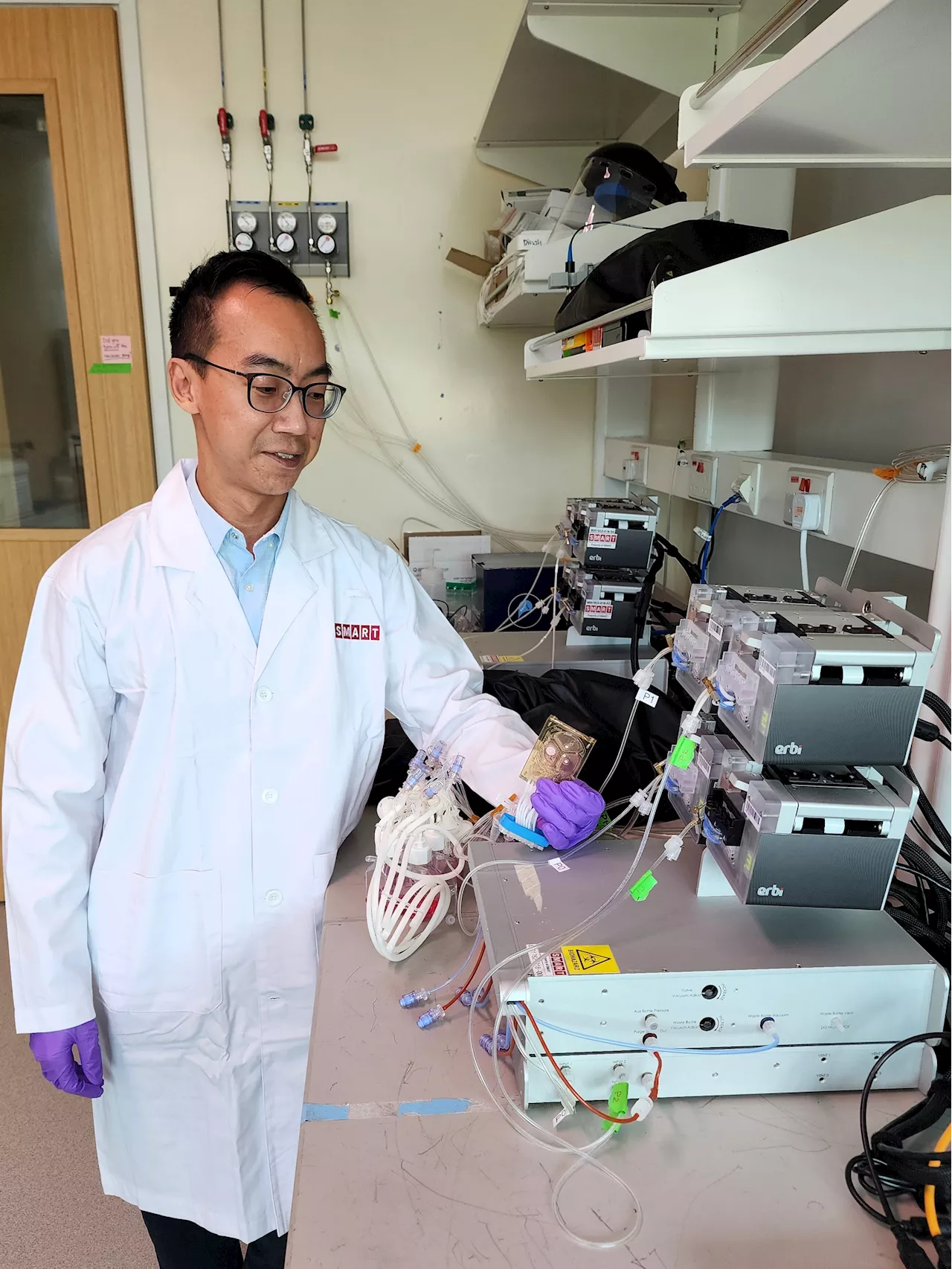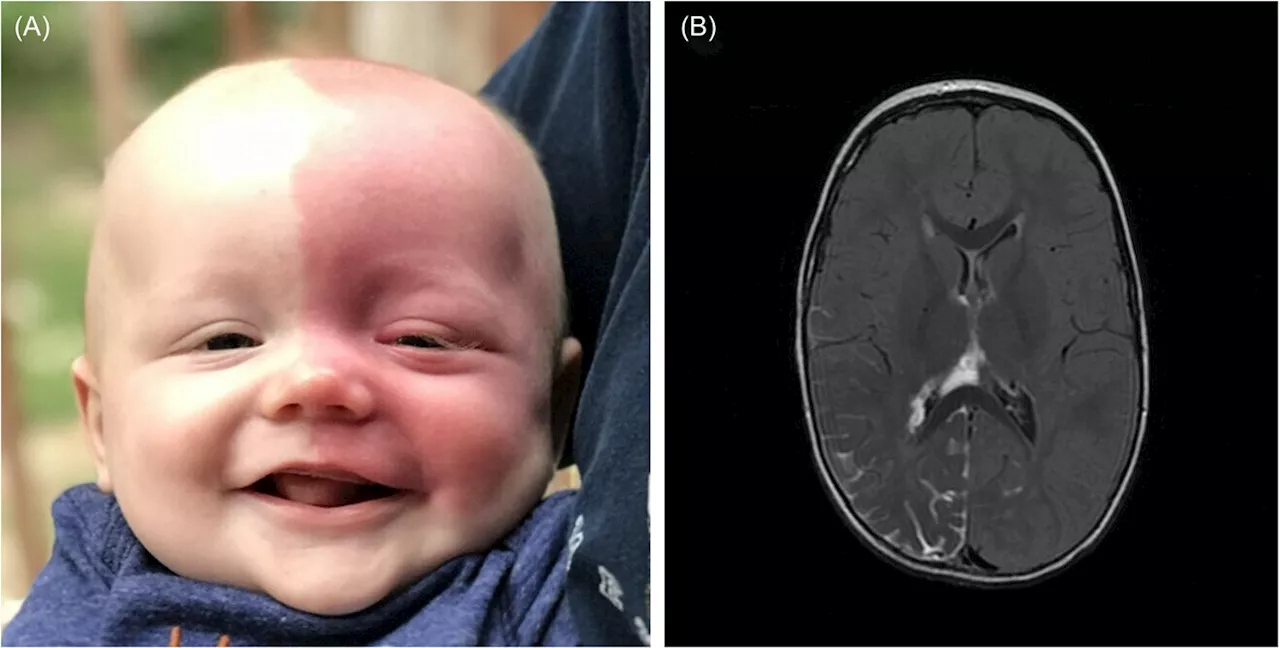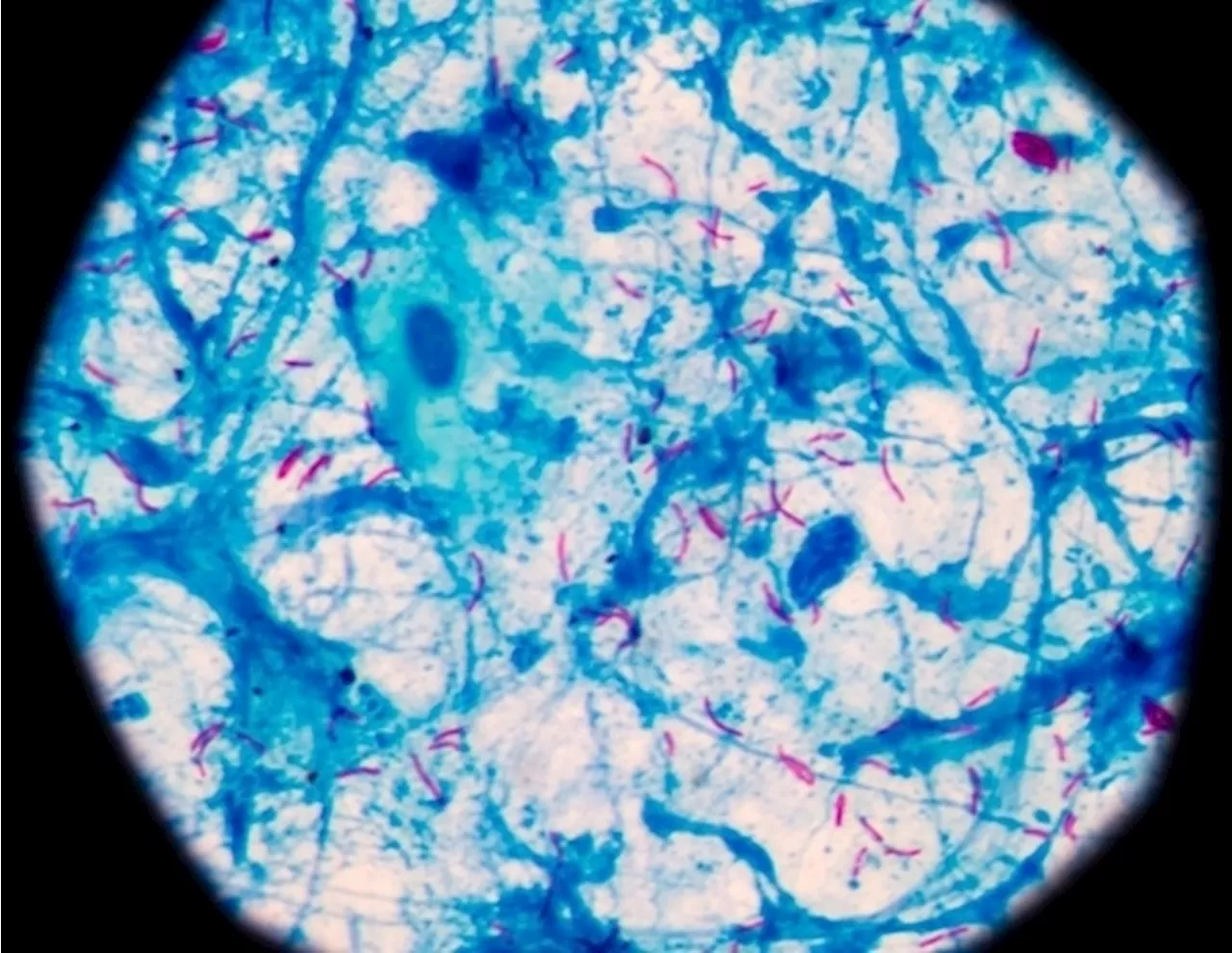A more accurate way to scan for tuberculosis (TB) has been developed by UK and US researchers, using positron emission tomography (PET).
The Rosalind Franklin InstituteJun 27 2024 A more accurate way to scan for tuberculosis has been developed by UK and US researchers, using positron emission tomography .
The researchers have put the new radiotracer through extensive pre-clinical trials with no adverse effects and it is now ready to go into Phase I trials in humans. However, a spit test can show a negative long before the disease has been fully treated in the lungs, which could result in patients finishing treatment too early.
Related StoriesA key advantage of the new approach is that it only requires a hospital to have standard radiation control and PET scanners, which are becoming more widely available throughout the world. The new molecule is created from FDG using a relatively simple process involving enzymes developed by the research team.
Healthcare Inflammation Lungs Positron Emission Tomography Research Tomography Tuberculosis
Deutschland Neuesten Nachrichten, Deutschland Schlagzeilen
Similar News:Sie können auch ähnliche Nachrichten wie diese lesen, die wir aus anderen Nachrichtenquellen gesammelt haben.
 Researchers develop minimally invasive scaffold delivery system using dynamic thermoset polyurethaneRecently, researchers have developed an approach to deliver scaffolds in a minimally invasive manner through multidimensional morphing (one-dimensional to three-dimensional) by developing amphiphilic dynamic thermoset polyurethane (DTPU).
Researchers develop minimally invasive scaffold delivery system using dynamic thermoset polyurethaneRecently, researchers have developed an approach to deliver scaffolds in a minimally invasive manner through multidimensional morphing (one-dimensional to three-dimensional) by developing amphiphilic dynamic thermoset polyurethane (DTPU).
Weiterlesen »
 Researchers investigate the gene-brain-behavior link in autism using generative machine learningResearchers used 3D transport-based morphometry to visualize brain changes linked to 16p11.2 CNV, achieving high prediction accuracy and advancing autism precision medicine.
Researchers investigate the gene-brain-behavior link in autism using generative machine learningResearchers used 3D transport-based morphometry to visualize brain changes linked to 16p11.2 CNV, achieving high prediction accuracy and advancing autism precision medicine.
Weiterlesen »
 Researchers pioneer production of CAR T-cells using high-density microfluidic bioreactorResearchers have developed a novel method capable of producing clinical doses of viable autologous chimeric antigen receptor (CAR) T-cells in a ultra-small automated closed-system microfluidic chip, roughly the size of a pack of cards.
Researchers pioneer production of CAR T-cells using high-density microfluidic bioreactorResearchers have developed a novel method capable of producing clinical doses of viable autologous chimeric antigen receptor (CAR) T-cells in a ultra-small automated closed-system microfluidic chip, roughly the size of a pack of cards.
Weiterlesen »
 Researchers find better way to detect when older adults fall at homeWhen older adults fall at home, every second counts—especially when they are alone.
Researchers find better way to detect when older adults fall at homeWhen older adults fall at home, every second counts—especially when they are alone.
Weiterlesen »
 Researchers aim to prevent seizures in Sturge-Weber syndromePort wine stains—capillary malformations on the skin—are the most visible manifestation of Sturge-Weber syndrome. However, up to 60% of babies with birthmarks in high-risk locations (forehead and upper eyelid) also have capillary malformations in their brain.
Researchers aim to prevent seizures in Sturge-Weber syndromePort wine stains—capillary malformations on the skin—are the most visible manifestation of Sturge-Weber syndrome. However, up to 60% of babies with birthmarks in high-risk locations (forehead and upper eyelid) also have capillary malformations in their brain.
Weiterlesen »
 Duke researchers discover drug to restore aged liversWhile the liver is one of the body's most resilient organs, it is still vulnerable to the ravages of stress and aging, leading to disease, severe scarring and failure.
Duke researchers discover drug to restore aged liversWhile the liver is one of the body's most resilient organs, it is still vulnerable to the ravages of stress and aging, leading to disease, severe scarring and failure.
Weiterlesen »
